Ask Ethan: Why is the speed of light what it is?

Regardless of color, wavelength, or energy, the speed at which light travels in a vacuum remains constant. It does not depend on location or directions in space and time.
Nothing in the Universe can move faster than light in a vacuum. 299,792,458 meters per second. If it is a massive particle, it can only come close to this speed, but not reach it; if it is a massless particle, it must always move at precisely this speed if it happens in empty space. But how do we know this and what is the reason? This week our reader asks us three questions related to the speed of light:
Why is the speed of light finite? Why is she exactly what she is? Why not faster and not slower?
Up until the XIX century, we did not even have evidence of this data.

Illustration of light passing through a prism and divided into clear colors.
If the light passes through water, a prism or any other medium, it is divided into different colors. The red color is not refracted from the angle at which blue makes it, which is why something like a rainbow appears. This can be observed outside the visible spectrum; infrared and ultraviolet light behave the same way. This would be possible only if the speed of light in the medium is different for light of different wavelengths / energies. But in a vacuum, outside of any medium, all light moves at the same final speed.
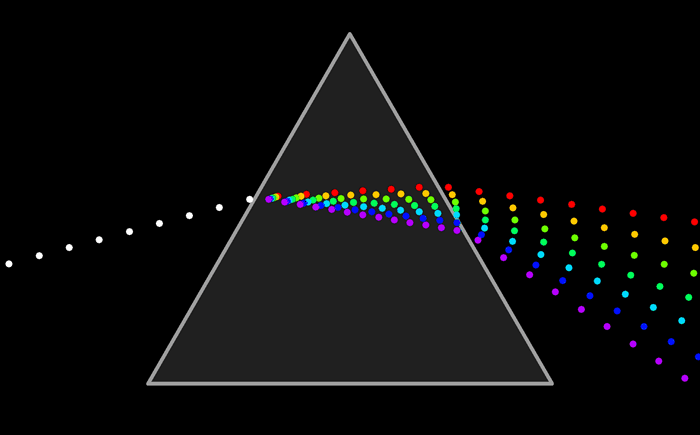
The separation of light into colors is due to the different speeds of light, depending on the wavelength, through the medium
They only thought of this in the middle of the 19th century, when physicist James Clerk Maxwell showed what light really is: an electromagnetic wave. Maxwell for the first time put independent electrostatic phenomena (static charges), electrodynamics (moving charges and currents), magnetostatics (permanent magnetic fields) and magnetodynamics (induced currents and alternating magnetic fields) on a single, unified platform. The equations that control it — Maxwell’s equations — allow us to calculate the answer to a simple, seemingly question: what types of electric and magnetic fields can exist in empty space outside of electrical or magnetic sources? Without charges and without currents, it would be possible to decide that none - but Maxwell's equations miraculously prove the opposite.
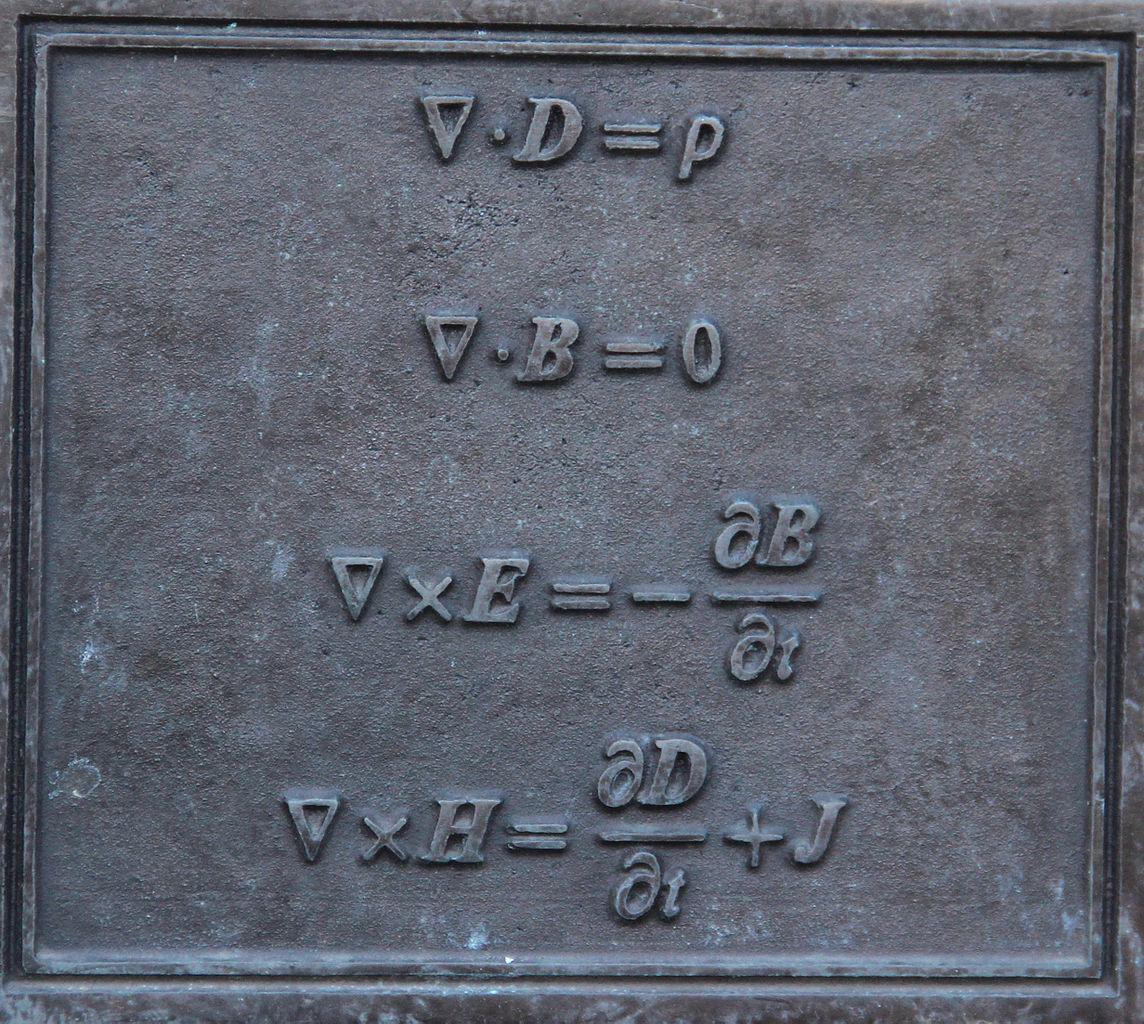
Plate with Maxwell's equations on the back of his monument
Nothing is one possible solution; but another is also possible - mutually perpendicular electric and magnetic fields oscillating in one phase. They have certain amplitudes. Their energy is determined by the frequency of oscillations of the fields. They move at a certain speed determined by two constants: ε 0 and µ 0 . These constants determine the magnitude of the electrical and magnetic interactions in our Universe. The resulting equation describes the wave. And, like any wave, it has a speed, 1 / √ ε 0 µ 0 , which is equal to c, the speed of light in a vacuum.
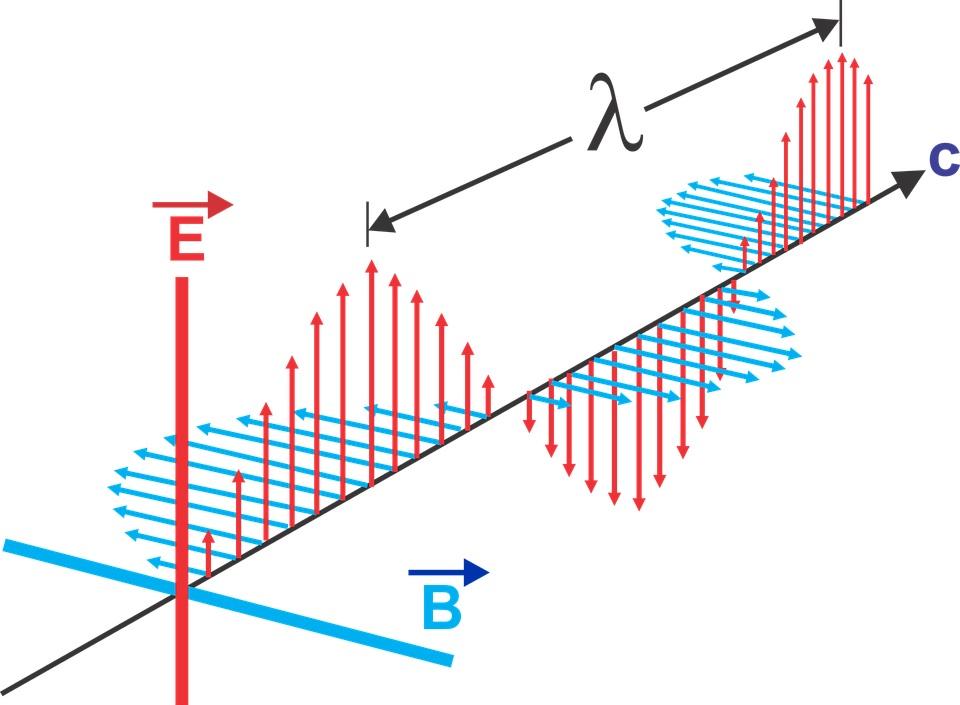
Mutually perpendicular electric and magnetic fields that oscillate in one phase and propagate at the speed of light determine electromagnetic radiation.
From a theoretical point of view, light is massless electromagnetic radiation. According to the laws of electromagnetism, he is obliged to move with a speed of 1 / √ ε 0 μ 0 equal to c - regardless of its other properties (energy, momentum, wavelength). ε 0 can be measured by making and measuring a capacitor; µ 0 is exactly determined from ampere, unit of electric current, which gives us c. The same fundamental constant, first derived by Maxwell in 1865, has since appeared in many other places:
• This is the speed of any massless particle or wave, including gravitational.
• It is a fundamental constant that relates your movement in space to your movement in time in the theory of relativity.
• And this is a fundamental constant connecting energy with rest mass, E = mc 2
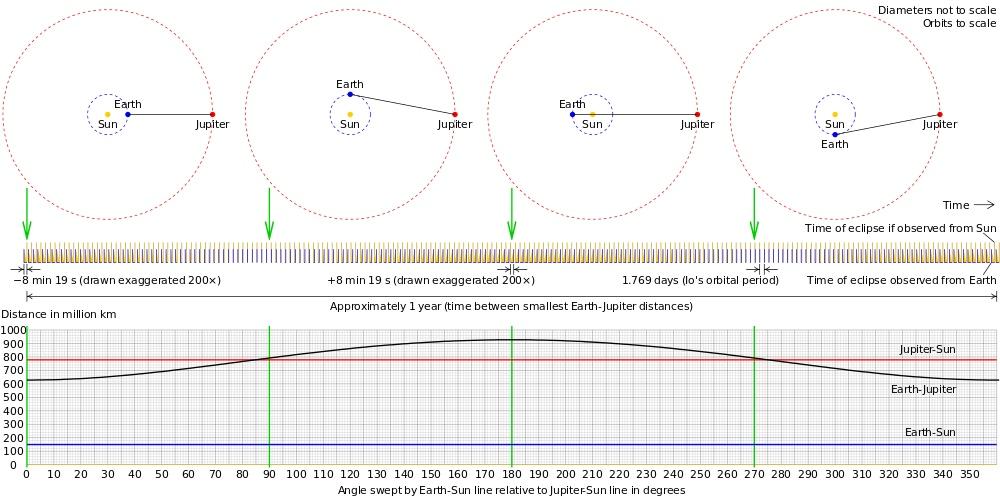
Römer's observations provided us with the first measurements of the speed of light, obtained using geometry and measuring the time required for light to travel a distance equal to the diameter of the Earth's orbit.
The first measurements of this magnitude were made during astronomical observations. When the moons of Jupiter enter and exit to the position of an eclipse, they appear visible or invisible from the Earth in a certain sequence, depending on the speed of light . This led to the first quantitative measurement since in the XVII century, which was determined at 2.2 × 10 8 m / s. The deviation of starlight — due to the motion of the star and the Earth on which the telescope is mounted — can also be estimated numerically. In 1729, this method of measurement with showed a value that differs from the modern by only 1.4%. By 1970, it was determined to be 299 792 458 m / s with an error of only 0.0000002%, most of which resulted from the impossibility of accurately determining the meter or second. By 1983, the second and the meter redefined the universal radiation properties of an atom through c. Now the speed of light is exactly 299 792 458 m / s.
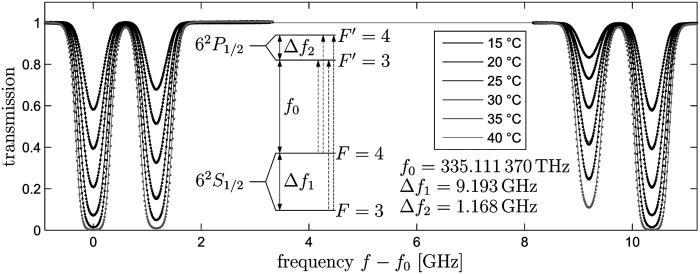
The atomic transition from the 6S orbital, δf 1 , determines the meter, second and speed of light
So why is the speed of light no more and no less? The explanation is as simple as that shown in fig. Higher atom. Atomic transitions occur as they do, because of the fundamental quantum properties of the building blocks of nature. The interactions of the atomic nucleus with the electric and magnetic fields created by electrons and other parts of the atom cause the different energy levels to be extremely close to each other, but still slightly different: this is called hyperfine splitting . In particular, the transition frequency of the ultrathin structure of cesium-133 emits light of a very specific frequency. The time it takes for 9,192,631,770 such cycles to determine the second; the distance that light travels during this time is 299,792,458 meters; the speed at which this light travels determines c.

A purple photon carries a million times more energy than a yellow one. The Fermi space gamma telescope does not show any delays in any of the photons that came to us from the gamma-ray burst, which confirms the constancy of the speed of light for all energies
To change this definition, it is necessary that something fundamentally different from its current nature should occur with this atomic transition or with the light coming from it. This example also gives us a valuable lesson: if atomic physics and atomic transitions would work in the past or at long distances differently, it would be evidence of a change in the speed of light over time. So far, all our measurements only impose additional restrictions on the constancy of the speed of light, and these restrictions are very strict: the change does not exceed 7% of the current value over the past 13.7 billion years. If for some of these metrics the speed of light was not constant, or it would be different for different types of light, this would lead to the largest scientific revolution since the time of Einstein. Instead, all evidence speaks in favor of the Universe, in which all the laws of physics always, everywhere, in all directions, remain the same at all times, including the physics of the light itself. In a sense, this is also quite revolutionary information.
Ethan Siegel - astrophysicist, popularizer of science, blog Starts With A Bang! He wrote the books Beyond The Galaxy , and Treknologiya: Star Trek Science [ Treknology ].
All Articles